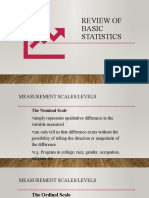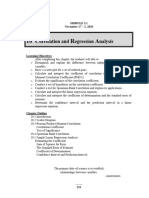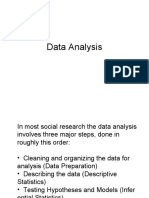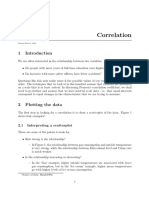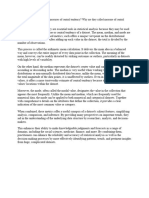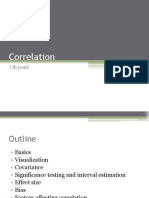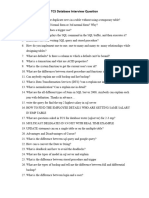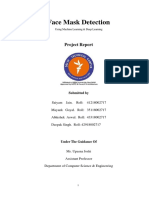0% found this document useful (0 votes)
40 views13 pagesSampling & Statistics Guide
The document discusses different types of sampling methods including probability and non-probability sampling. It also covers descriptive statistics such as measures of central tendency, correlation analysis, and percentage and ranking. Descriptive statistics are used to describe data while inferential statistics are used to make predictions from samples.
Uploaded by
Anacleto EstoqueCopyright
© © All Rights Reserved
We take content rights seriously. If you suspect this is your content, claim it here.
Available Formats
Download as DOCX, PDF, TXT or read online on Scribd
0% found this document useful (0 votes)
40 views13 pagesSampling & Statistics Guide
The document discusses different types of sampling methods including probability and non-probability sampling. It also covers descriptive statistics such as measures of central tendency, correlation analysis, and percentage and ranking. Descriptive statistics are used to describe data while inferential statistics are used to make predictions from samples.
Uploaded by
Anacleto EstoqueCopyright
© © All Rights Reserved
We take content rights seriously. If you suspect this is your content, claim it here.
Available Formats
Download as DOCX, PDF, TXT or read online on Scribd
/ 13








